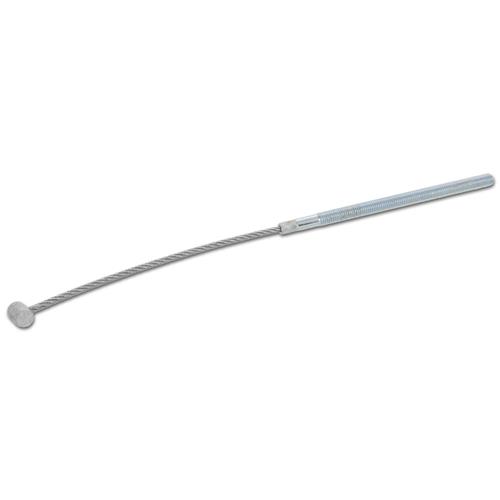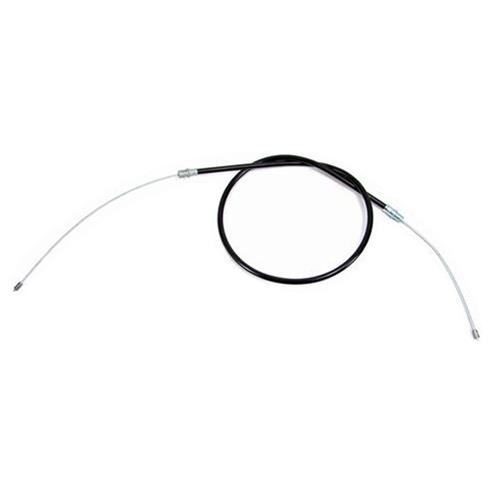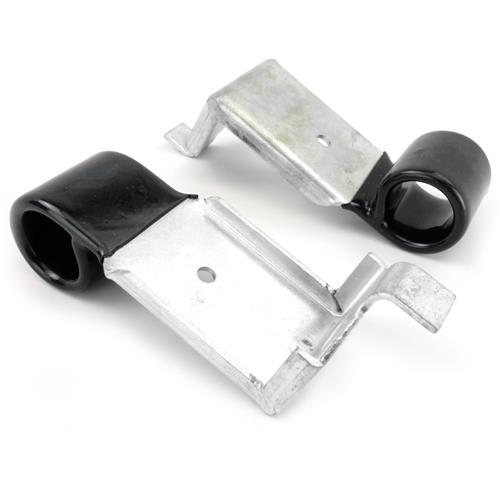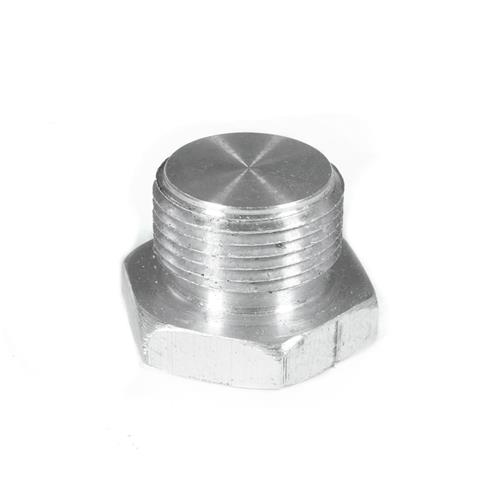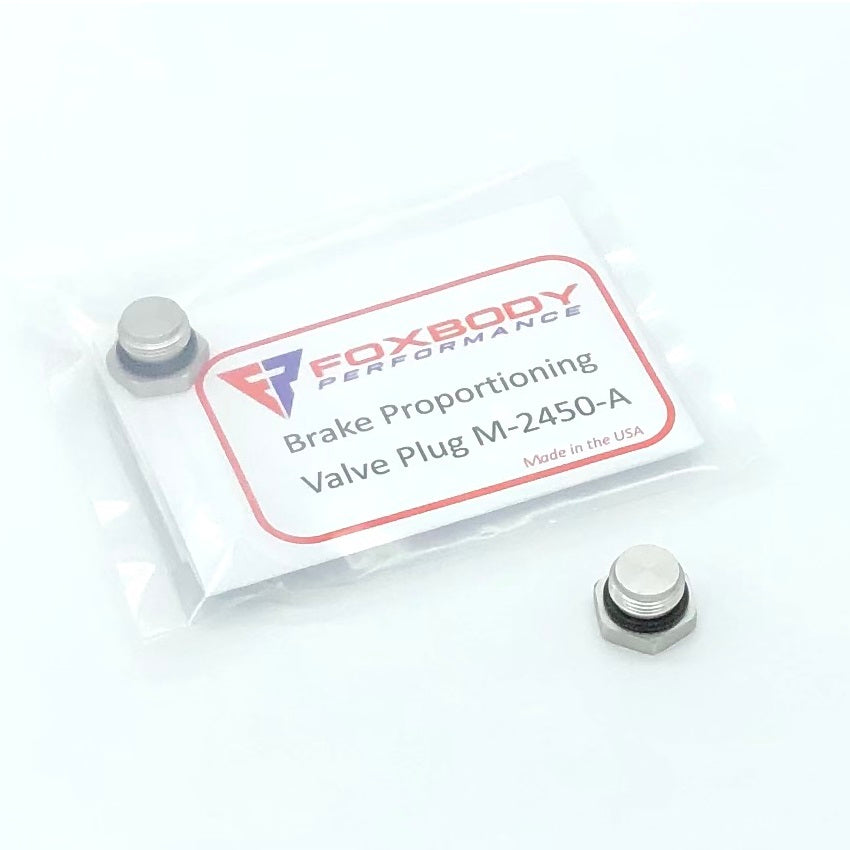Calipers (for informational purposes if you decide to build a custom setup)
The list of the calipers and their piston area sizes.
FRONTS
87-93 60mm calipers
-2827mm^2
-5654mm^2 for 2 calipers
SVO calipers: 73mm piston
-4185mm^2 each piston
-8370mm^2 for 2calipers
99-04 GT Front : 44.5mm pistons
-1555mm^2 each piston
-6220mm^2 for 2 calipers
99-04 COBRA 40.5mm pistons
-1288mm^2 each piston
-5152mm^2 for 2 calipers
94-98 COBRA 38mm pistons
-1134mm^2 each piston
-4536mm^2 for 2 calipers
94-98 GT/V6 calipers : 66mm piston
-3421mm^2 each piston
-6842mm^2 for 2 calipers
2000 Cobra R Front 36mm/40mm pistons
-2275mm^2 each caliper
-4550mm^2 for 2 calipers
GM C5/C6 front caliper 40.5mm/40.5mm pistons
-2576.5mm^2 for each caliper
-5153mm^2 for 2 calipers
GM ATS/XTS Brembo caliper 42mm x4 piston
-2771mm^2 for each caliper
-5542mm^2 for both fronts
Baer T4 Front caliper 1.625" (41.2mm) x 2 piston, 1.375" (35mm) x 2 piston
-2296mm^2 for each caliper
-4592mm^2 for both fronts
Baer 6P Front caliper 1.625" (41.2mm) x 2 piston, 1.375" (35mm) x 2 piston, 1.1875" (30mm) x 2pistons
-3010mm^2 for each caliper
-6020mm^2 for both fronts
(note, opposing piston, fixed calipers only get one side of the caliper factored in for surface area)
REAR
SVO REAR calipers: 54mm piston
-2290mm^2 each piston
-4580mm^2 for 2 calipers
94-04 rear calipers all : 38mm pistons
-1134mm^2
-2268mm^2 for 2 calipers
93-97 Taurus rear caliper (Must use SN95 Cobra abutments): 43mm piston
1452mm^2
2904mm^2 for 2 calipers
Grand Marquis Rear Calipers: 46mm piston
-1662mm^2
-3324mm^2 for 2 calipers
1993 Cobra/Mark7/T-bird 45mm rear calipers
-1590mm^2
-3180mm^2 for 2 calipers
Baer rear brake kit (93-97 Camaro calipers): 40.6mm single piston
-1295mm^2
-2590mm^2 for 2 calipers
If you want me to add any calipers..PM me
Top number is the area of each individual piston. Bottom number is all the pistons added up x 2 calipers. So simply add the bottom number from a set of front calipers, to the bottom number to a set of rear calipers and that is your total slave piston area in MM. Now divide that by the area of the master cylinder in MM^2 and you get your ratio.
The higher the ratio (17:1, 18:1, etc), the softer your pedal will be. The lower the ratio (11:1, 12:1) the harder the pedal will be. Now, if you elect to retain the stock Fox booster, you'll want a higher ratio number to compensate for the lact of assist. If you are lucky enough to run hydroboost, you can find that the extra assist allows you to use a ratio in the lower end of the range. Typically most of the factory setups fall in the 13:1 - 17:1 range (4-wheel disk). Again, i stress to research what other people are using and use this formula simply as a guide.
A lot of guys choose to simply upgrade the front brakes only, and run 5-lug drums. Which MC should they use? Well, compare the piston area sizes of the calipers you choose with those of the stock 60mm calipers, which offers a total area of 5654mm^2. If you increase the caliper size, you increase the piston area which in turn lowers the ratio since the MC has not changed. As a result, your pedal will be softer.
99-04 GT Front : 44.5mm pistons
-6220mm^2 x2 calipers
87-93 60mm calipers
-5654mm^2 x 2 calipers
99-04 COBRA 40.5mm pistons
-5152mm^2 x2 calipers
Depending on which direction you go, your pedal will be slightly harder or softer. In the above example, going with the 99=04 GT front calipers will make your pedal slightly softer due to the increase in piston area. While going with the 99-04 Cobra calipers will result in a slightly harder pedal due to the decrease in piston area. In this example, one may consider to compensate for the slightly harder pedal, by upgrading to a 1993 Cobra/94-95 SN95 booster.
Another common modification is to add 73mm calipers to a stock brake setup. Here you can see why this is bad.
87-93 60mm calipers
-5654mm^2 x 2 calipers
SVO calipers: 73mm piston
-8370mm^2 x2 calipers
As you can see, the caliper piston area is dramatically increased and will result in a solfter brake pedal. The danger here goes back to the lever example. Make the lever longer, and it will soon reach a point where you can't reach it because the stroke is so long. Same here. Since the caliper area increased, it makes the MC bore appear mathematically smaller when you calculate out the ratio. As a result, you run the risk of running out of brake travel to properly operate the pedal. In this situation, you may want to consider upsizing to one of the MC's listed above.
Hopefully this eductated you a bit on MC's and allows you to select the right one for your application
ALso, the brake pedal ration in the Fox cars is 3.5:1 in vacuum boosted operations. I beleive this to be true of 1987+ Mustangs. If converting to manual brakes, one needs to take into account the pedal ratio. Some kits out there modify the brake pedal ratio to compensate for the lack of assist. I suggest you research this as well as I beleive most of the manual brake kits out there make use of the 7/8" MC listed above as well as a different brake pedal ratio....just a heads up.
DISCLAIMER: The info provided is to the best of my knowlegde factual and accurate, but i make no garantees. Any info posted here is simply a guide for you to make an educated decision on your own. I claim no responsibility if you don't research properly and take your car up to 100MPH before testing the brakes out. Use at your own risk.
EDIT: Resource
Calculator for Automotive and Racing Brake Systems, Master Cylinders, Brake Bias, Piston Area, CG Height, Weight Transfer, Pedal Stroke and Maximum Deceleration

brakepower.com





